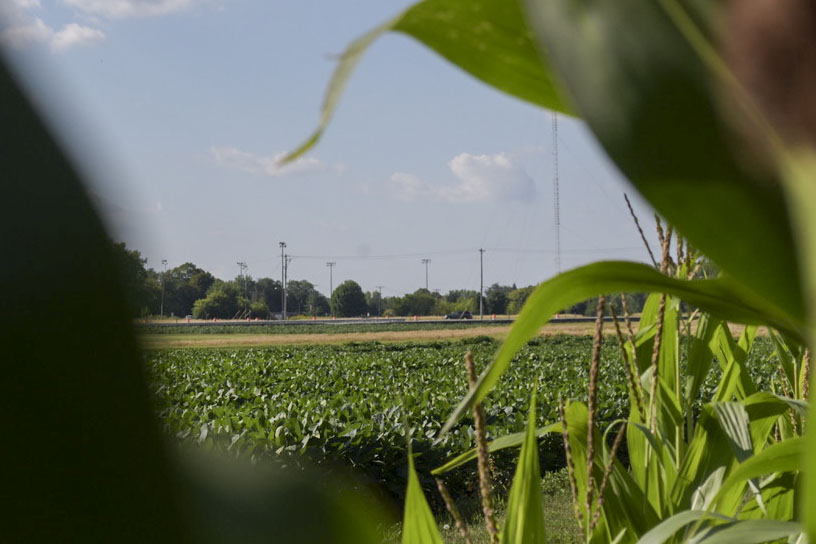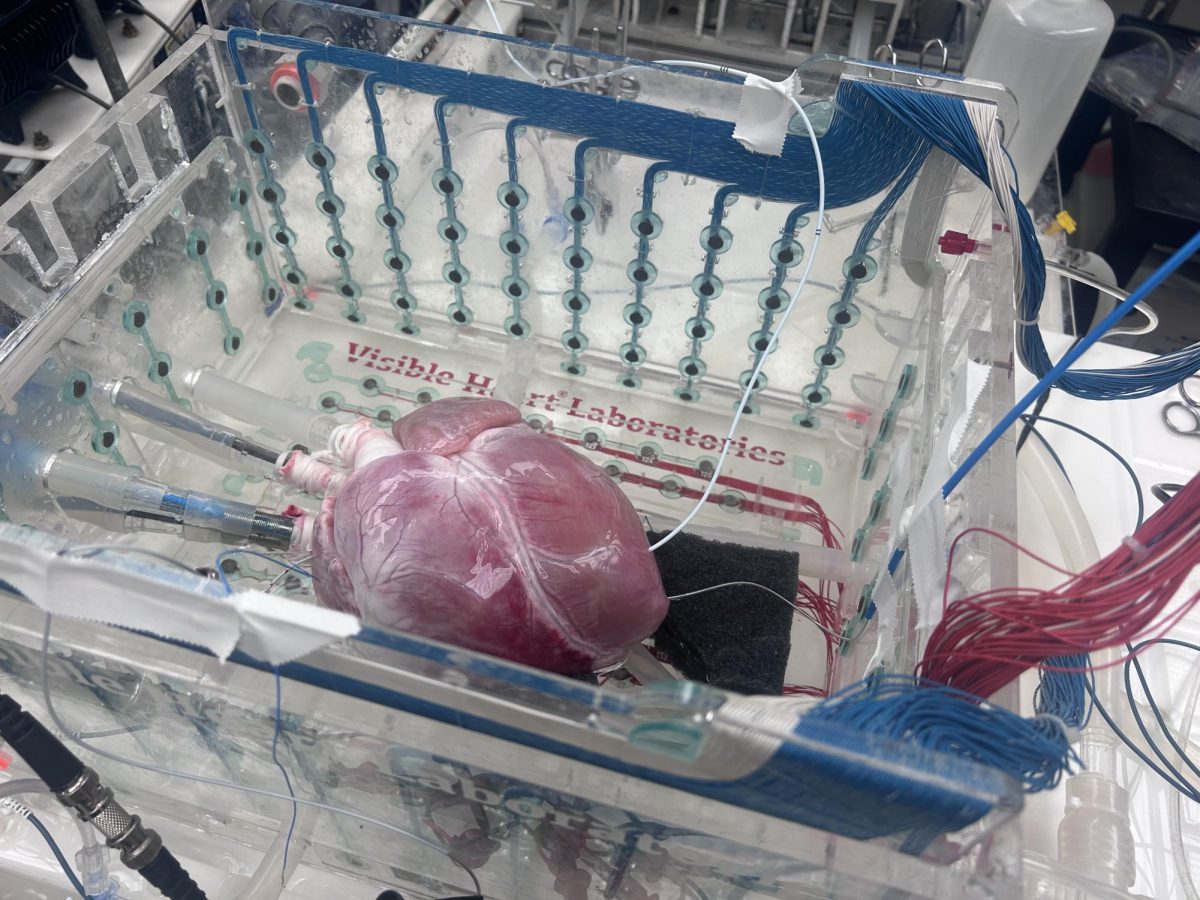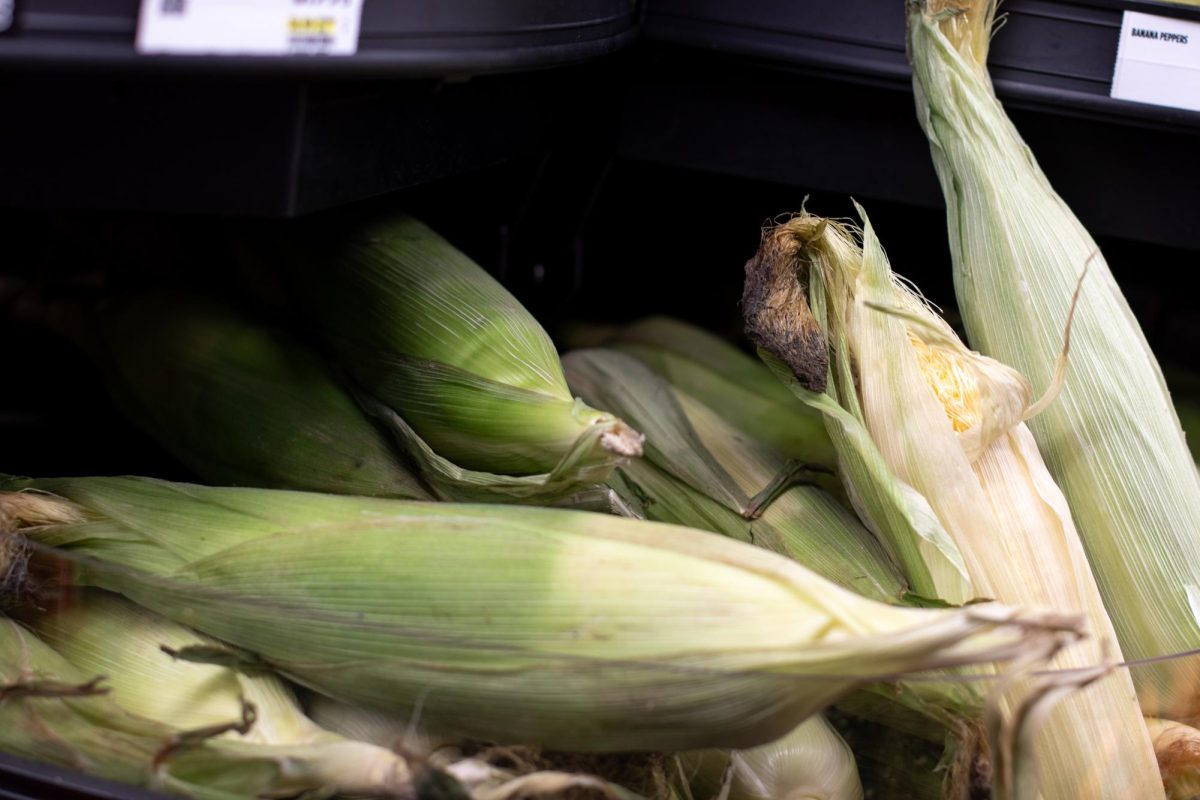With more dry conditions this summer, professors and researchers at the University of Minnesota have witnessed the effect of this weather on crops firsthand.
The U.S. Drought Monitor tracks dry and drought conditions around the United States. As of July 27, the monitor shows most of Minnesota has abnormally dry to moderate drought conditions.
Eight counties are experiencing extreme drought conditions. These counties include Fillmore, Olmstead, Mower and Dodge counties in the Southwest; Anoka county in the North Metro; and Benton, Sherburne and Stearns counties in central Minnesota, according to the Drought Monitor.
This is the third dry summer in a row, according to Jeff Strock, a professor of soil science in the Department of Soil, Water and Climate in the University’s College of Food, Agricultural and Natural Resource Sciences (CFANS).
“One year of drought kinda hurts a little bit. Two years of drought is worse. Three years of drought can be even worse depending on how bad the conditions are consecutively year-to-year,” Strock said.
Dennis Todey, Director of the Midwest Climate Hub for the U.S. Department of Agriculture, said the dry weather is a little change overall when compared to the long-term expected change in the region.

“The long-term change throughout most of our region is actually increasing precipitation and changing time of year,” Todey said.
Todey added these drought conditions are a result of less precipitation mid-summer as well as an overall lack of moisture.
“The situation we’ve had the last couple of years is we have not been able to get as much moisture from the Gulf of Mexico up to us,” Todey said. “When we have had moisture, we haven’t always been able to tap into it.”
However, these dry summers the last three years were preceded by four wetter-than-average years from 2016 to 2019, Strock said. Strock began conducting research on irrigation plots in Lamberton, Minnesota in 2016.
“I could watch our yields in our irrigation plot, and I watched the yields decline every single year, because it kept just getting wetter and wetter and wetter those years,” Strock said.
According to Strock, effective drainage is important for getting rid of excess water.
“Imagine being a corn plant or a soybean plant or a wheat plant, and your feet were getting wet all of the time,” Strock said. “It would hurt you.”
Soil type is an important factor in how farmers manage drought in Minnesota, Strock said. Heavier soils soak up more moisture into the ground than sandier soils, making crops on heavier soil more prepared for drier conditions.
“I have been through some areas of Minnesota that have sandier soils, and the sandy soils, if they are not irrigated, they look stressed,” Strock said.
Proper and responsible irrigation practices are key for successful crops, according to Vasudha Sharma, an assistant extension professor in the Department of Soil, Water and Climate at CFANS.
“In the central region we have very sandy soils, so crop irrigation provides insurance,” Sharma said.
Sharma researches irrigation at the University, specifically focusing on central Minnesota, where some of the driest weather has occurred. She said her agricultural research fields span from growing crops with 100% to 0% water from irrigation.
According to Sharma, the growing season this year did not start off well in central Minnesota.
“We never, in my five years [at the University], we never irrigated in May,” Sharma said. “But this year we did irrigate one time in May to make sure there was proper emergence.”
They began irrigating the fields again in June, Sharma said. However, when rain finally came, it was not exactly what the crops needed.
Sharma added timing is key when it comes to precipitation and watering crops. This year the crops in central Minnesota did not get much precipitation in the first part of the season when crops, like corn, need it most.
“It’s dry, dry, dry, you won’t get any rain, and when we get that rain it’s too much at one time that we don’t need that much,” Sharma said.
Farmers understand Minnesota’s climate is changing, according to Sharma. They are ready to do what they need to in order to maximize their harvest.
“They want to hear what we are doing on our research farms,” Sharma said. “They are very eager to adopt or implement new irrigation technologies.”





















